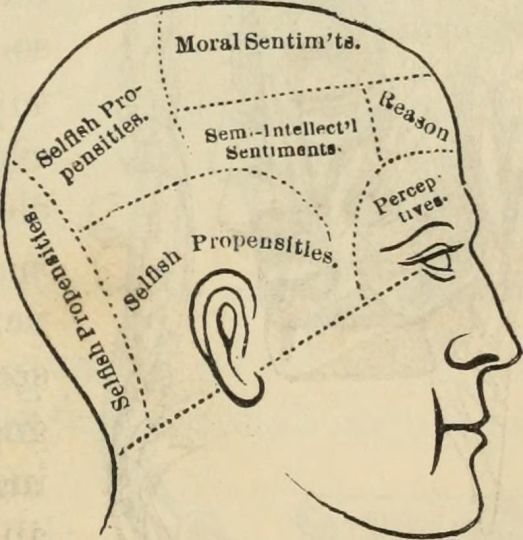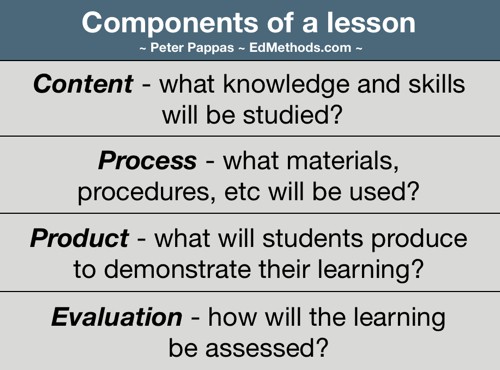 Our class begins with a review of the Sam Wineburg reading and TEDEd flipped lesson Who is the historian in your classroom? That will also provide a chance to discuss the efficacy of flipping content. We will also consider the social media case study inspired by this lesson.
Our class begins with a review of the Sam Wineburg reading and TEDEd flipped lesson Who is the historian in your classroom? That will also provide a chance to discuss the efficacy of flipping content. We will also consider the social media case study inspired by this lesson.
Today we begin our study of historical thinking skills based on the work of Sam Wineburg and the Stanford History Education Group (SHEG). We will focus on three key skills – Sourcing, Contextualizing and Corroborating. See historical thinking chart (pdf at SHEG).
You will work with a team to reverse engineer a few of the assessments found in SHEG’s Beyond the Bubble.
- Spend a few minutes doing a scan of the lessons – and find a few that look interesting to you. (Be sure scan the “Same assessment types” for other ideas)
- Find 3 questions that focus on any of these skills: Sourcing, Contextualizing and Corroborating
- With your team diagram how the assessments are designed:
How many historic sources, what types.
What additional information are students given?
How many prompts?
What are students asked to do?
How is the assessment designed to support the skills
- Be prepared to share your finding with the whole class.
We will also look at How to Read Documentary Films a lesson that I recently developed for the Uprooted Museum Exhibit.
Assignment for Class 5
You will each design a historical thinking mini-lesson based on the Beyond the Bubble assessment model.
We will use this assignment as a chance to create a shared Google presentation. I’ve prepared some brief Google Presentation video tutorials. You can find them at this YouTube playlist / Working with Google Slides.
Note: each of you will be contributing to the same Google Slides presentation. I’ve listed your names in alphabetical order in the presentation. You will turn that name placeholder slide into your mini-lesson title slide. You will insert additional slides in your section of the presentation as needed.
All mini lessons should include
- Title slide for your mini-lesson. Make it catchy!
- Your name as author of the mini-lesson on your lesson title (your lesson will take multiple slides in the presentation – have your name in small font at bottom of each slide)
- Target students – by grade level
- Indication of one (or more) of the historic skills to be studied – Sourcing, Contextualization, Corroborating
- One or more historic documents. Text, image and videos can be inserted into the slide. Longer documents can be linked to via URL or saved in Google drive with link to it.
- Source URLs for all documents used
- Guiding questions for students to use with document(s)
- Brief description of how the document(s) and question(s) should reinforce the targeted historic skill(s)
My recommended sources for this assignment are the Primary Source Sets found at the US Library of Congress. These sets are organized by theme and include a wide variety of source types. Here’s a few examples of the sets:
Baseball: Across a Divided Society
Song sheets, video clips, images, trading cards, and photographs tell the story of how baseball emerged as the American national pastime. Featured primary source items show Americans from different backgrounds and social experiences embracing the sport.
Maps From The World Digital Library
Explore maps from different cultures and eras to discover diverse perspectives on the world’s geography. All the items in this set are from the World Digital Library, a project that makes available significant primary materials from countries and cultures around the world.
Women’s Suffrage
Sound files, sheet music, photographs, letters and maps help students better understand women’s suffrage
You may also wish to take a look at Teacher’s Guides and Analysis Tool that offer questions for each type of source material.
Image from S. Wells,
New Physiognomy, or Signs of Character…, NY, 1871
 @EdMethods and @edteck are proud to be guest hosts for Twitter #sschat on Monday November 3, 2014 from 7-8 PM (eastern). That night is election eve ’14 and our topic will be very timely – “Teaching Politics, Controversy and Civic Engagement.” Here’s our questions:
@EdMethods and @edteck are proud to be guest hosts for Twitter #sschat on Monday November 3, 2014 from 7-8 PM (eastern). That night is election eve ’14 and our topic will be very timely – “Teaching Politics, Controversy and Civic Engagement.” Here’s our questions:



